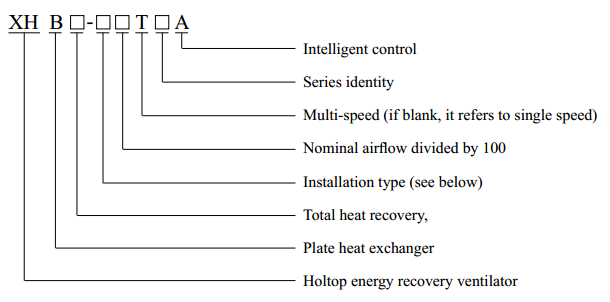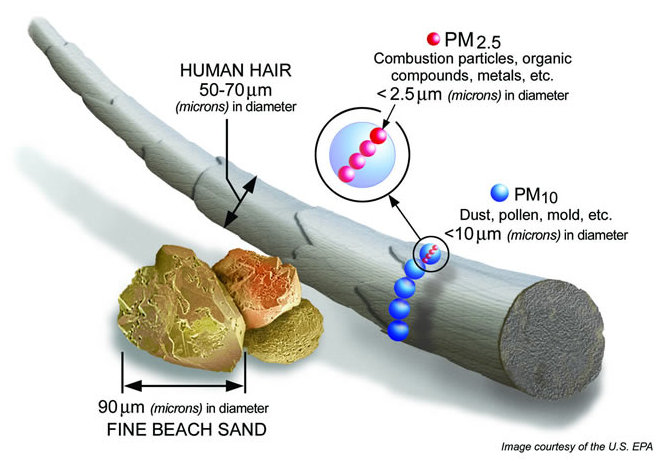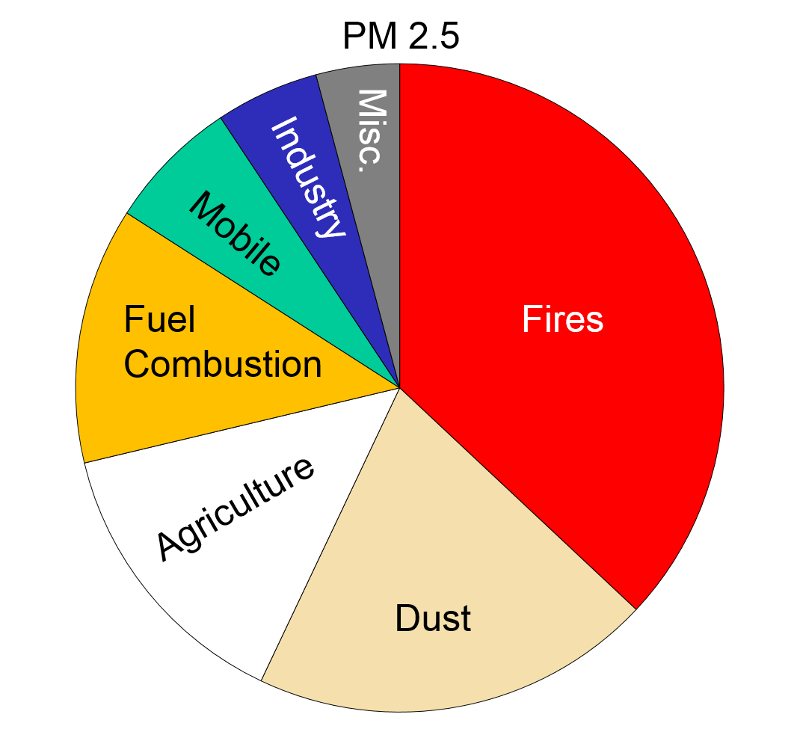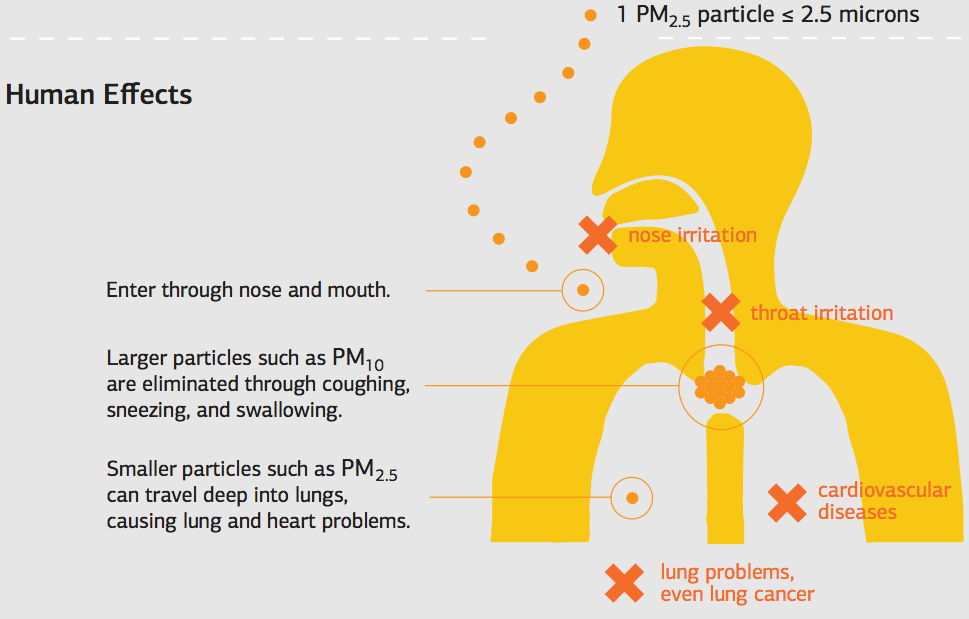Energy recovery ventilation (ERV) is the energy recovery process of exchanging the energy contained in normally exhausted building or space air and using it to treat (precondition) the incoming outdoor ventilation air in residential and commercial HVAC systems. During the warmer seasons, the system pre-cools and dehumidifies while humidifying and pre-heating in the cooler seasons. The benefit of using energy recovery is the ability to meet the ASHRAE ventilation & energy standards, while improving indoor air quality and reducing total HVAC equipment capacity.
In a word, Energy Recovery Ventilator (ERV) allows fresh air into a building, while retaining pre-conditioned heating or cooling.
Heat&Energy Recovery Ventilators
Model description

Note: Installation type
Suspended type, L-Floor type
Example
XHBQ-D10TH refers to suspended type ERV with total heat exchanger, TH series, airflow of 1000m3/h, 3 speeds.
Holtop AHU are designed and selected according to professional software, providing users with reasonable, economic, and practical air conditioning solutions. The features of Holtop AHU selection software also include:
Sound project and AHU query management
Precise airflow and unit section divisions
Multiple heat recovery options and functional section combinations
The air state point calculation of main sections
Various optional parts
l Flexible unit combinations
l Professional and detailed selection reports output
Design your project using Holtop Air Handling Units
Holtop AHUs are based on a completely modular design, capable of adapting to the needs of a variety of installation types, and developed by paying special attention to energy efficiency. Please provide details of your project and requirements as much as you can so we can make a proposal for you as soon as possible.
| PM2.5 refers to atmospheric particulate matter (PM) that have a diameter of less than 2.5 micrometers, which is about 3% the diameter of a human hair. |

|
|
Sources of PM2.5:
Fine particles can come from various sources. They include power plants, motor vehicles, airplanes, residential wood burning, forest fires, agricultural burning, volcanic eruptions and dust storms. Some are emitted directly into the air, while others are formed when gases and particles interact with one another in the atmosphere. For instance, gaseous sulfur dioxide emitted from power plants reacts with oxygen and water droplets in the air to form sulfuric acid as a secondary particle.
|
|
Why Are PM2.5 Dangerous?
Since they are so small and light, fine particles tend to stay longer in the air than heavier particles. This increases the chances of humans and animals inhaling them into the bodies. Owing to their minute size, particles smaller than 2.5 micrometers are able to bypass the nose and throat and penetrate deep into the lungs and some may even enter the circulatory system. Studies have found a close link between exposure to fine particles and premature death from heart and lung disease. Fine particles are also known to trigger or worsen chronic disease such as asthma, heart attack, bronchitis and other respiratory problems. A study published in the Journal of the American Medical Association suggests that long-term exposure to PM2.5 may lead to plaque deposits in arteries, causing vascular inflammation and a hardening of the arteries which can eventually lead to heart attack and stroke. Scientists in the study estimated that for every 10 micrograms per cubic meter (μg/m3) increase in fine particulate air pollution, there is an associated 4%, 6% and 8% increased risk of all-cause, cardiopulmonary and lung cancer mortality, respectively. Children, older adults and those who are suffering from lung and/or heart disease are especially vulnerable to the adverse effects of fine particles in the air and should take special precautions when ambient PM2.5 crosses unhealthy levels.
How to Protect Yourself Against PM2.5When the amount of PM2.5 is at unhealthy level, take these steps to reduce exposure and protect your health:
|
| Artical from blissair.com |


